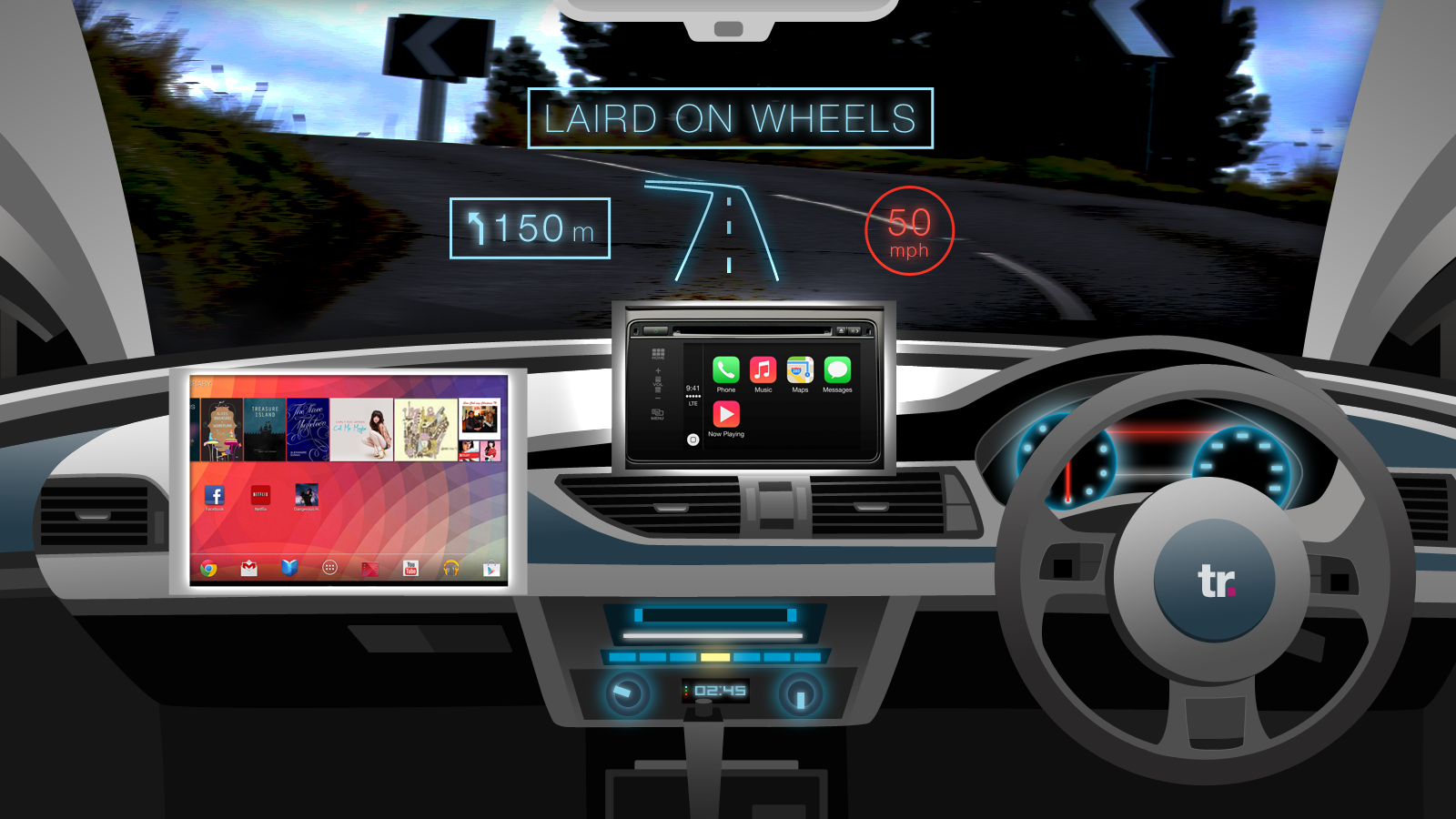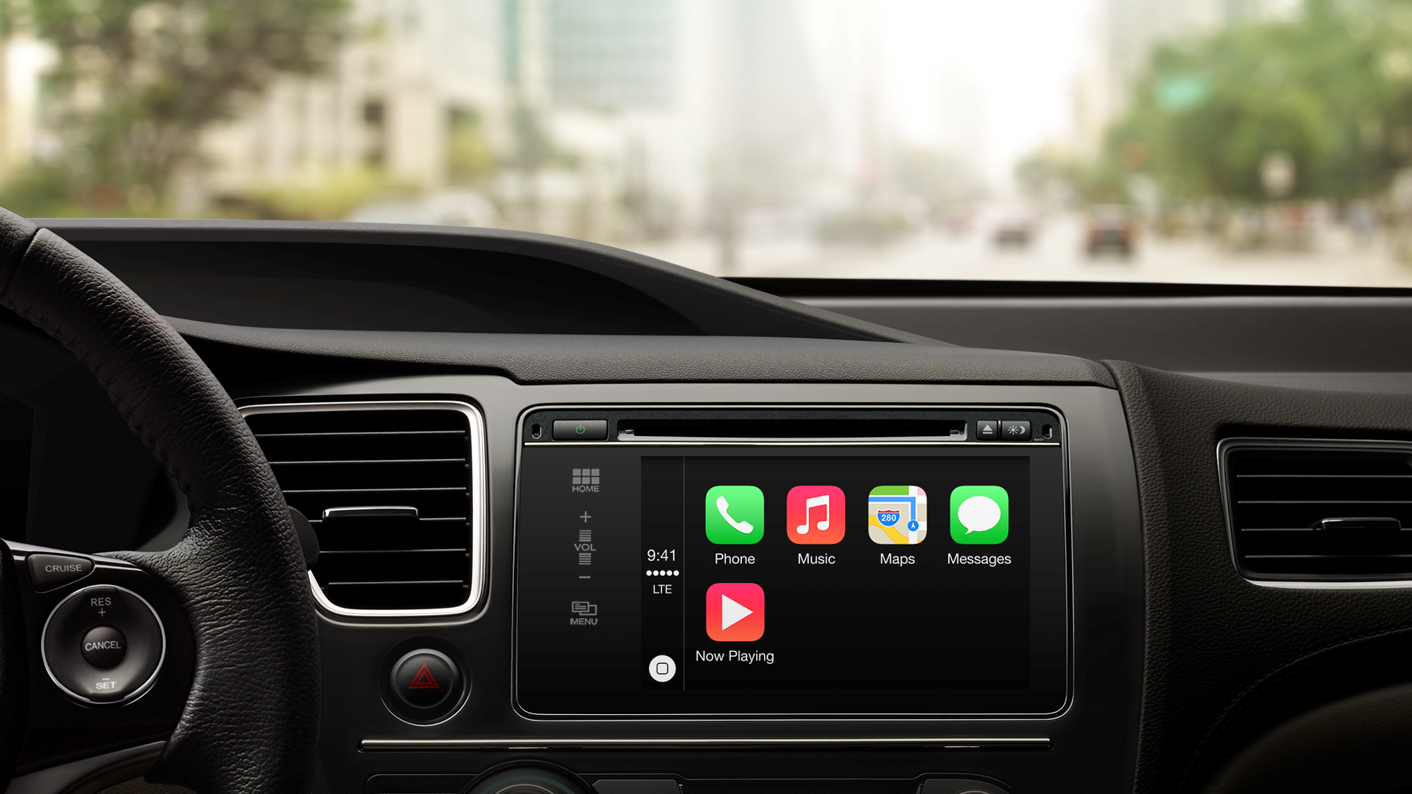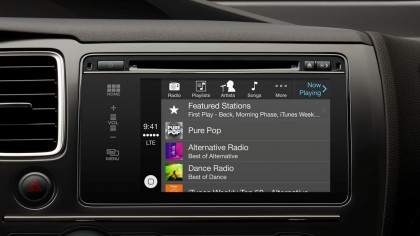Google vs Apple CarPlay: why maps hold the key for in-car supremacy
Maps, Glass, driverless cars - Google is miles ahead already

With the launch of Apple CarPlay, Google and Apple are on collision course in the contest for car tech supremacy.
But in my view, Google already has Apple well beaten.
Both Apple and Google have now unveiled plans to get their mobile operating systems, usually found in phones and tablets, running in cars.
The first skirmish in what is likely to be a drawn-out battle will be all about mapping and navigation. And Google Maps is miles ahead of Apple Maps.
Factor in Google's broader track record in automotive tech, including driverless cars and the promise of Google Glass and a very strong case for favouring it over Apple in the contest for in-car supremacy emerges.
There are also some broader issues to get your head around when it comes to mobile OS's moving in-car. For the most part, it's a welcome and arguably long overdue move, even if some early attempts to do the same thing are already available from some car brands.
But there's also a limit to what you can achieve with a mobile OS ported into cars. Make no mistake, this doesn't all mean the car makers are giving up on in-car technology.
Get daily insight, inspiration and deals in your inbox
Sign up for breaking news, reviews, opinion, top tech deals, and more.

iOS and Android: The in-car basics
"By using a mobile device to power some of the systems, you can have the latest technology and sidestep lengthy car development cycles"
Anyway, let's get the housekeeping done and cover the basic background to all this. We'll come back to maps and head-up displays in a moment.
Apple has rebranded its in-car iOS functionality CarPlay, while the equivalent Google technology is currently known as Android Projected Mode.
Both aim to do largely the same thing, namely sync a mobile device to a car's integrated infotainment system and use the former to drive features, functionality and even the on-screen interface.
In other words, the maps and multimedia functionality you seen on the car's display are actually being processed and rendered on the mobile device, typically a smartphone.
On the face of it, this brings plenty of really obvious advantages. Cars take an awfully long time between conception and going on sale.
By using a mobile device to power some of the systems, you can have the latest technology and sidestep lengthy car development cycles. The car just needs to support the right car-to-phone interface. Laughing.

Easier in-car upgrades
Likewise, by shifting some functionality onto your phone you can have an in-car tech upgrade every time you replace your handset. No need for a new car.
It's also a very attractive prospect for phone users / car owners as it means a single device can be used to manage your digital life, even in the car. You don't have to worry about moving data or contacts across, managing multiple data contracts, yada yada.
Similarly, it means you don't have to learn the nuances of yet another multimedia interface. If you wish, you can tie yourself into a single OS and really make the most of the ease of use that comes with intimate familiarity with the various nuances.
Lack of options
Moreover, the harsh truth is that most car companies have failed to come up with really compelling multimedia functionality of interfaces. Put simply, they're not experts at digital HMIs or mobile operating systems, so it makes sense to leave that to the real experts.
If that's the argue for, the argument against is that neither Apple nor Google have any track record for in-car interfaces.
It's a completely different problem to solve, involves all kinds of safety issues and challenges involving driver distraction that don't apply to other mobile devices, not to mention different reliability concerns.
If the mapping on your smartphone crashes or does something odd as you walk down the street, that's one thing. It's quite another if it happens while you're driving to Denmark.
We also need to be realistic about the limitations of iOS or Android in-car. The really exciting car tech innovations like driverless technology have nothing to do with syncing your smartphone.
Likewise, you'll still need advanced in-car systems with their own connectivity to enable features like remote unlocking and various telematic functionality. So let's not get carried away. Cars are not going to be empty shells with engines just waiting for your smartphone to be the brain.
Technology and cars. Increasingly the twain shall meet. Which is handy, because Jeremy (Twitter) is addicted to both. Long-time tech journalist, former editor of iCar magazine and incumbent car guru for T3 magazine, Jeremy reckons in-car technology is about to go thermonuclear. No, not exploding cars. That would be silly. And dangerous. But rather an explosive period of unprecedented innovation. Enjoy the ride.